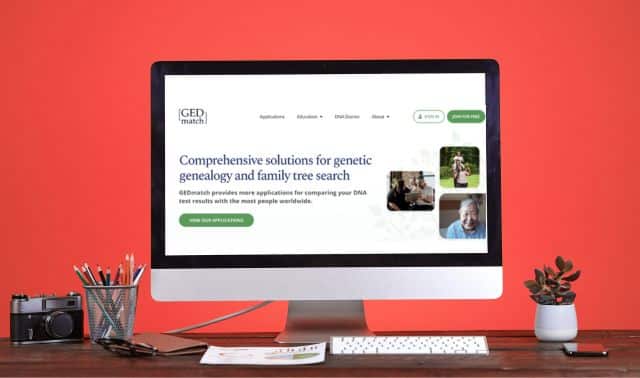Although it’s not a genealogy-specific Web site, Google is among the most powerful tools for rooting out online ancestor information. Use these six tips from Google Your Family Tree (FamilyLink, $34.95) to make the most of Google:
1. For genealogists, people, places, dates, events, and data types will be among the most useful elements when structuring a query.
2. As you carefully craft your queries for Google, note there are only two instances where case sensitivity matters—when using the Boolean commands AND and OR. In all other instances, Google is case insensitive and will deliver the same results regardless of the combination of upper and lowercase letters you use in your query.
3. Google uses a technique called an automatic AND (sometimes called an implied AND). For any query containing multiple keywords, Google will process the search as though each additional keyword is preceded by the command AND. This requires each word in the query to appear on the resulting pages unless other commands or syntax instruct Google to perform otherwise.
4. When evaluating a search query, Google uses a technique called stemming in which it searches for the word and variations of that word depending upon the nature of the query. Since genealogists commonly search for information about deceased ancestors, this is an important and helpful concept. Your search using the keyword died would also yield results including die and dies.
5. Genealogists should always be sure to search for at least three variations of an ancestor’s name as shown in this example: “eugene lynch” OR “lynch, eugene” OR “eugene * lynch.” The single asterisk serves as a wildcard that instructs Google to accept any character or consecutive string of characters in place of the asterisk.
6. The tilde (~) symbol is used to find similar words for a specific keyword. This operator is especially useful for genealogy research because it can direct Google to find pages with a surname and/or place name, but only those that have something to do with genealogy.




